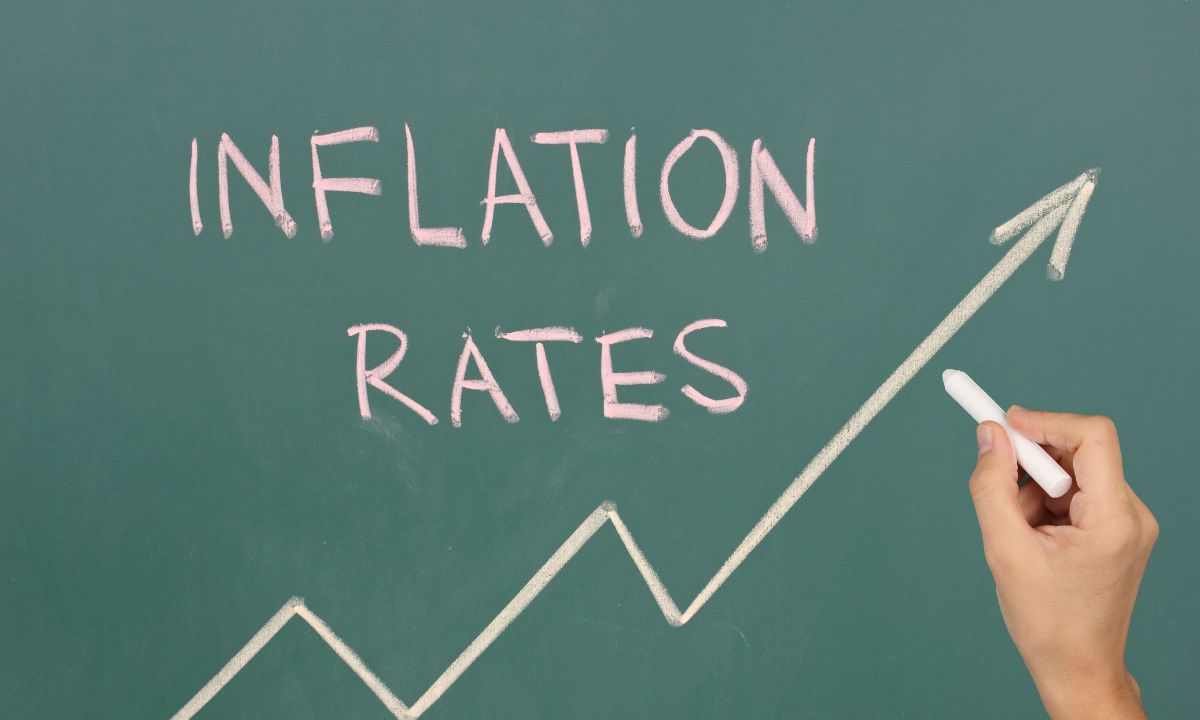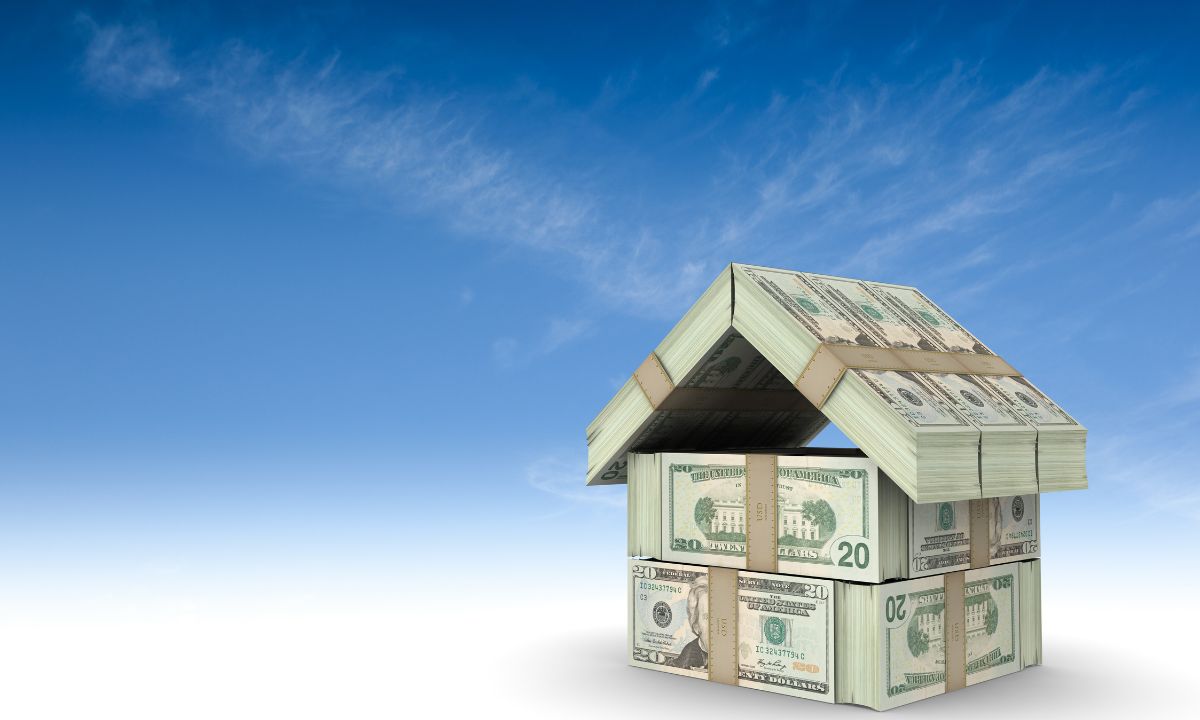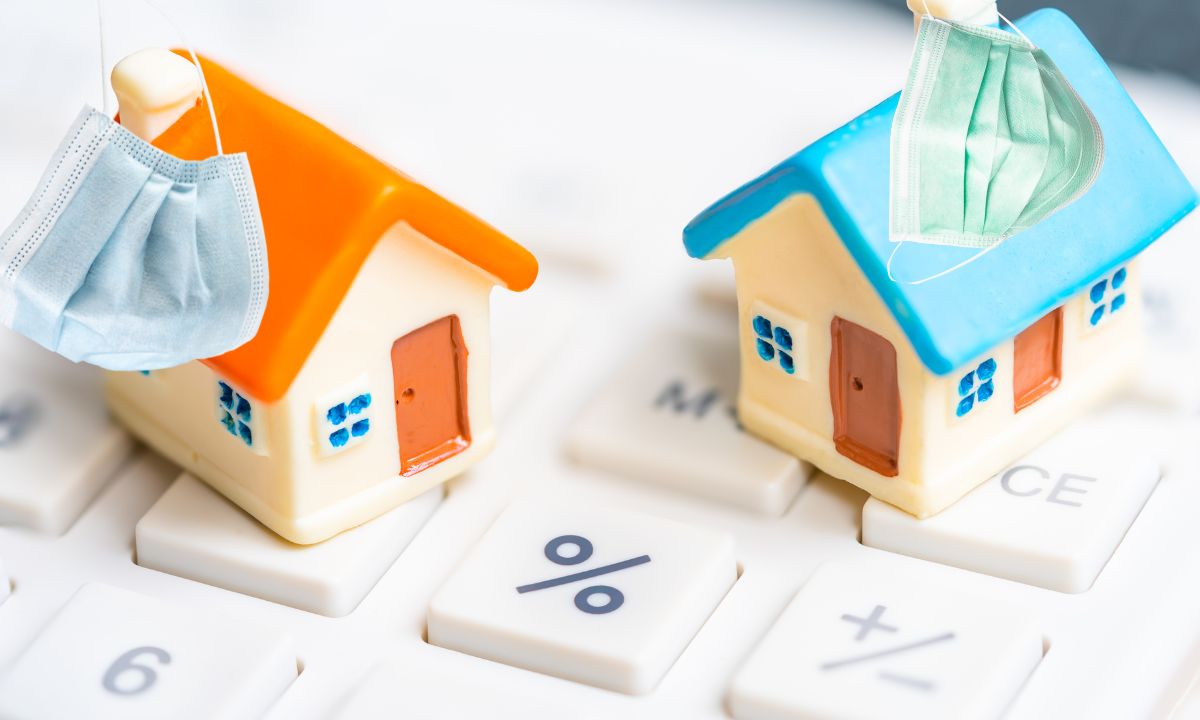What Is A Mortgage Par Rate And How Does It Work
 Think of the par rate as the raw, default rate offered by a lender. It’s not the lowest rate you can get, nor is it inflated by any adjustments. Lenders determine the par rate based on a variety of factors, such as current market conditions, your credit score, the loan type, and the loan amount.
Think of the par rate as the raw, default rate offered by a lender. It’s not the lowest rate you can get, nor is it inflated by any adjustments. Lenders determine the par rate based on a variety of factors, such as current market conditions, your credit score, the loan type, and the loan amount.
Discount Points: Lowering Your Rate
When you’re negotiating your mortgage, you can choose to buy “discount points” to lower the interest rate below the par rate. Each discount point typically costs 1% of the loan amount and can lower your interest rate by a fraction of a percentage point. For example, if the par rate is 5%, purchasing one discount point might reduce your rate to 4.75%.
While paying for discount points increases your upfront costs at closing, it can save you money over the long term. If you plan to stay in your home for several years, buying down your rate could reduce your monthly payments and save you thousands of dollars over the life of the loan.
Lender Credits: Increasing Your Rate to Reduce Costs
On the other hand, lenders may offer something called “lender credits.” Lender credits are essentially the opposite of discount points. Instead of paying a fee to lower your rate, you accept a higher interest rate than the par rate in exchange for credits that reduce your upfront costs, like closing fees.
For example, if the par rate is 5%, you might accept a 5.25% rate, and in return, the lender gives you a credit that could cover some or all of your closing costs. This option can be attractive if you’re short on cash for closing or would prefer to minimize your out-of-pocket expenses.
However, the downside to accepting lender credits is that you’ll pay more in interest over the life of the loan. The higher interest rate will lead to higher monthly payments and increased overall loan costs, which may outweigh the short-term benefits of lower closing costs.
How Is Your Par Rate Determined?
Several factors influence what par rate you qualify for:
- Credit Score: Lenders view borrowers with higher credit scores as lower risk. The better your credit, the more likely you are to receive a favorable par rate.
- Loan Type: Different types of loans (fixed-rate, adjustable-rate, FHA, VA, etc.) will have varying par rates.
- Loan Term: A 15-year loan typically offers a lower par rate than a 30-year loan.
- Market Conditions: Interest rates fluctuate depending on the overall economy and housing market trends. Lenders adjust par rates based on these factors.
It’s important to compare the par rates from different lenders and consider how buying points or taking credits could affect your overall loan costs. A par rate isn’t necessarily the rate you should settle for, but it gives you a clear starting point for negotiations.
Making the Right Decision for You
Ultimately, the decision to accept the par rate, buy down the rate with discount points, or increase the rate in exchange for lender credits depends on your financial situation and long-term plans. If you plan to stay in your home for a long time, paying for discount points might be worth the upfront cost. Conversely, if you’re looking for lower upfront expenses, opting for lender credits could make sense, especially if you plan to refinance or sell the home within a few years.
Understanding the mortgage par rate and how it works is crucial when shopping for a home loan. Whether you choose to stick with the par rate, buy it down, or increase it for short-term savings, being informed will empower you to make decisions that benefit your financial future.

 When it comes to securing a mortgage, timing is everything—especially when it comes to locking in an interest rate. Mortgage rates can fluctuate daily, and even a small change can have a significant impact on your monthly payments and the total cost of your loan. To protect yourself from rising interest rates while you’re in the process of buying a home or refinancing, you can use a mortgage rate lock.
When it comes to securing a mortgage, timing is everything—especially when it comes to locking in an interest rate. Mortgage rates can fluctuate daily, and even a small change can have a significant impact on your monthly payments and the total cost of your loan. To protect yourself from rising interest rates while you’re in the process of buying a home or refinancing, you can use a mortgage rate lock. In today’s economic climate, inflation has become a hot topic, especially for potential homebuyers. Understanding how inflation affects mortgage rates and your homebuying power is crucial. Let’s see how it can impact your journey to homeownership.
In today’s economic climate, inflation has become a hot topic, especially for potential homebuyers. Understanding how inflation affects mortgage rates and your homebuying power is crucial. Let’s see how it can impact your journey to homeownership. As a homeowner, you might be sitting on a valuable asset without even realizing it—your home equity. Tapping into this equity through a cash-out refinance can open up financial opportunities you hadn’t considered. Here’s how you can unlock your home’s equity with a cash-out refinance and what you need to know before diving in.
As a homeowner, you might be sitting on a valuable asset without even realizing it—your home equity. Tapping into this equity through a cash-out refinance can open up financial opportunities you hadn’t considered. Here’s how you can unlock your home’s equity with a cash-out refinance and what you need to know before diving in. The COVID-19 pandemic reshaped many industries, and the mortgage sector was no exception. As we move further away from the pandemic, the mortgage industry continues to adapt, reflecting new economic realities, regulatory changes, and shifts in consumer behavior. For mortgage originators, understanding these changes is crucial to helping homebuyers navigate the current landscape. Here are some of the most significant transformations and what homebuyers should be aware of in the post-COVID world.
The COVID-19 pandemic reshaped many industries, and the mortgage sector was no exception. As we move further away from the pandemic, the mortgage industry continues to adapt, reflecting new economic realities, regulatory changes, and shifts in consumer behavior. For mortgage originators, understanding these changes is crucial to helping homebuyers navigate the current landscape. Here are some of the most significant transformations and what homebuyers should be aware of in the post-COVID world.